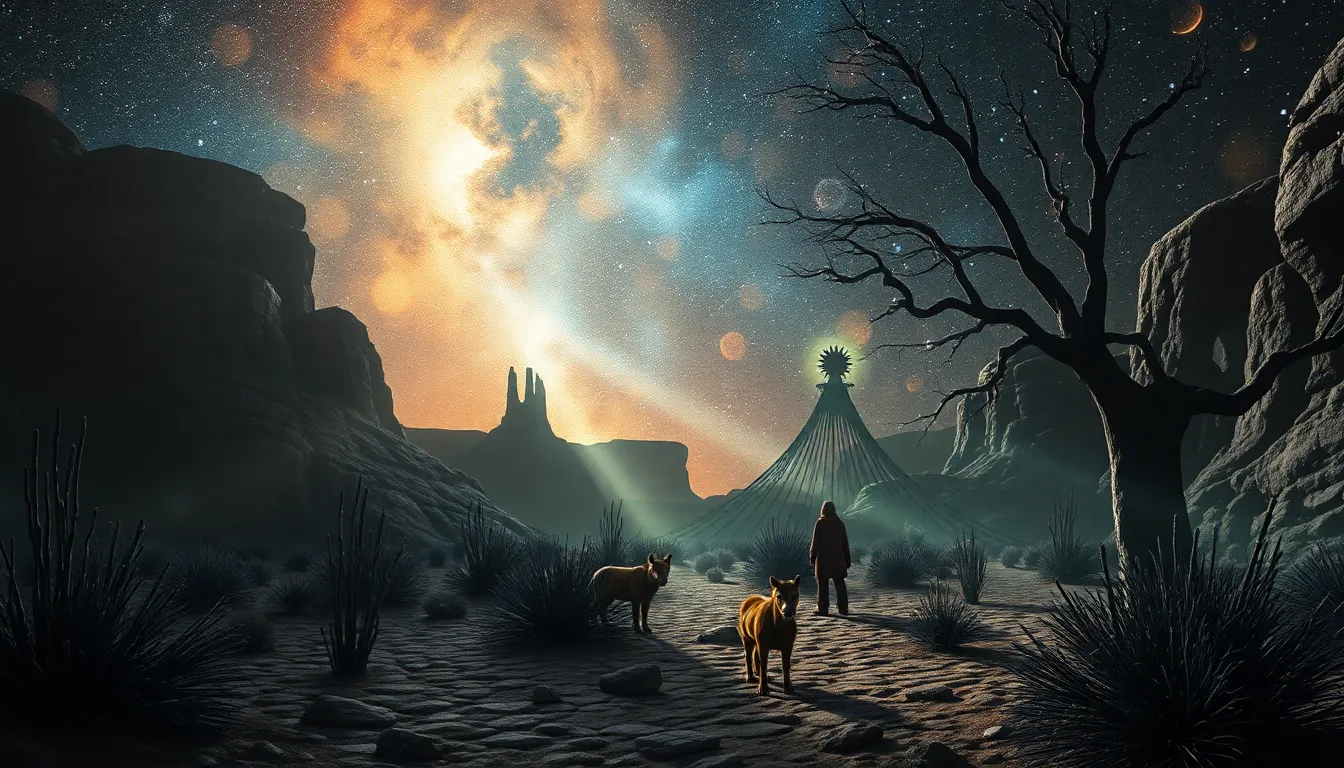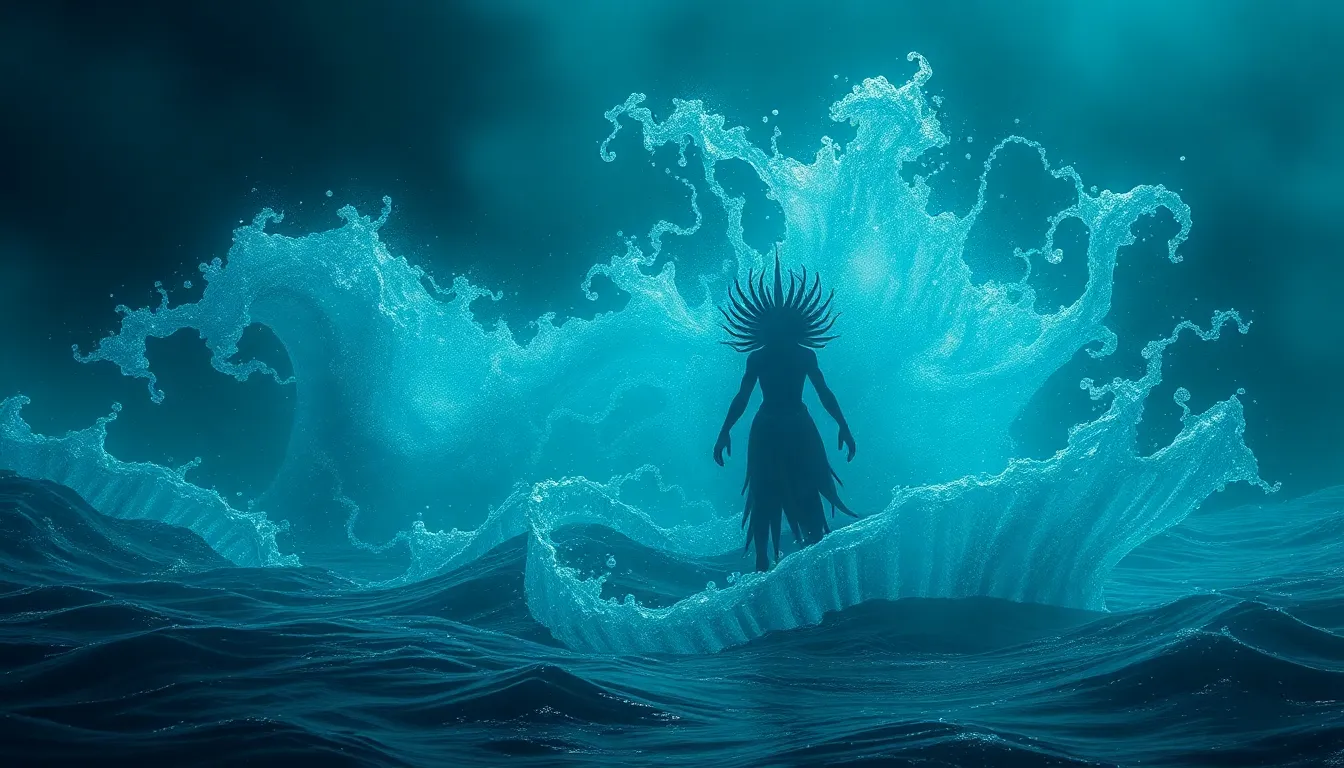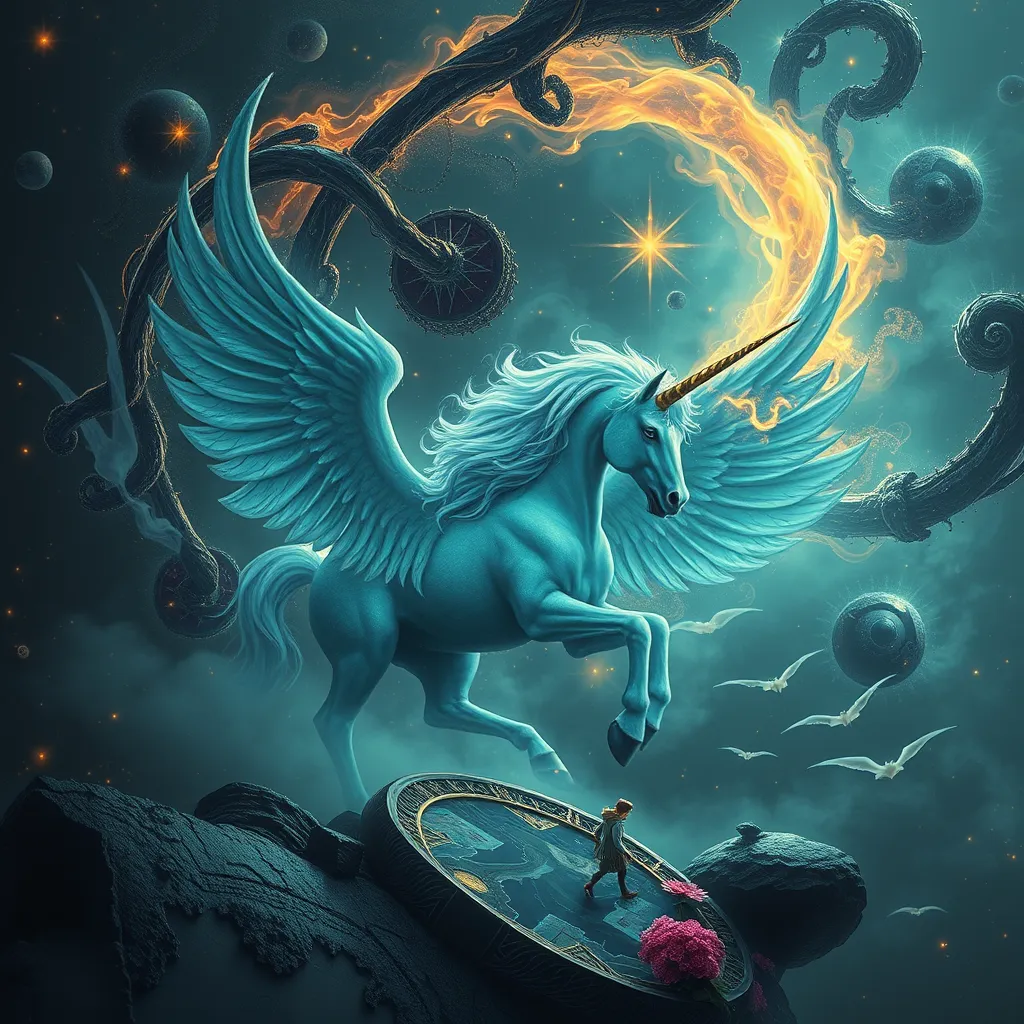The Shadow of Camazotz: The Influence of the Bat God on Aztec Religion and Culture
I. Introduction
In the rich tapestry of Aztec mythology, few deities are as intriguing and complex as Camazotz, the bat god. Revered and feared, Camazotz embodies the duality of life and death, serving as a powerful symbol within the Aztec pantheon. This article aims to explore the significance of Camazotz and the bat as a symbol across various cultures, shedding light on how this dark figure influenced Aztec religion and culture.
II. Origins of Camazotz in Mesoamerican Mythology
The roots of Camazotz can be traced back to earlier Mesoamerican cultures, where the bat was often associated with the night and the underworld. In these pre-Aztec societies, bats were seen as omens and were linked to various deities.
- Pre-Aztec Roots: Evidence suggests that the bat god existed in Olmec and Maya mythology, where similar figures were worshipped.
- Evolution in Aztec Mythology: As the Aztecs rose to power, they adapted and integrated Camazotz into their own belief system, giving him a more defined role as a deity of the night and sacrifice.
- Connection to Other Deities: Camazotz is often linked with other gods, such as Tezcatlipoca, the god of the night sky, showcasing the interconnectedness of Mesoamerican deities.
III. Symbolism of the Bat in Aztec Culture
The bat’s presence in Aztec culture is multifaceted, symbolizing various concepts that reflect the society’s complex understanding of life, death, and the cosmos.
- Creature of the Night: Bats are creatures of the night, often associated with darkness and the unknown, which made them powerful symbols of mystery and fear.
- Duality of Life and Death: The bat symbolizes the thin line between life and death, serving as a reminder of mortality and the afterlife.
- Protector and Harbinger: Camazotz was seen as both a protector of the underworld and a harbinger of death, reflecting the dual nature of existence.
IV. Camazotz in Aztec Religion
In Aztec religion, Camazotz played a significant role in various rituals and practices, illustrating his importance in the spiritual lives of the people.
- Rituals and Worship: The Aztecs performed rituals to honor Camazotz, often involving offerings and sacrifices to appease this powerful deity.
- Iconography: Artifacts and murals often depict Camazotz with distinct features, such as bat-like ears and a skull-like face, emphasizing his connection to the underworld.
- Role of Priests and Shamans: Priests and shamans were essential in conducting ceremonies to honor Camazotz, ensuring the balance between life and death was maintained.
V. The Influence of Camazotz on Aztec Society
Camazotz’s influence extended beyond religious practices, impacting social norms and various aspects of daily life in Aztec society.
- Social Norms: The reverence for Camazotz shaped societal views on death and sacrifice, highlighting the importance of bravery and honor in facing mortality.
- Agricultural and Hunting Practices: The bat god was believed to influence agriculture and hunting, guiding the people in their endeavors and ensuring a successful harvest.
- Warfare: Camazotz’s symbolism of bravery and sacrifice was reflected in the Aztec warrior culture, where facing death in battle was seen as the ultimate honor.
VI. Camazotz in Aztec Cosmology and Creation Myths
In the complex cosmology of the Aztecs, Camazotz holds a vital position in creation myths, illustrating his significance in the broader narrative of existence.
- Creation Myths: Camazotz is often featured in creation myths, representing the chaos and darkness that precede order and light.
- Interactions with Other Deities: His interactions with other gods often emphasize themes of duality, chaos, and the balance of life and death.
- Underworld Portrayals: Camazotz is frequently associated with the underworld, reinforcing his role as a guardian of the dead and a guide through the afterlife.
VII. Legacy of Camazotz in Modern Culture
Today, the legacy of Camazotz continues to resonate in contemporary art, literature, and spiritual practices, reflecting a resurgence of interest in Mesoamerican mythology.
- Contemporary Art: Artists often draw inspiration from Camazotz, incorporating bat imagery and themes of duality into their work.
- Resurgence of Interest: There has been a growing fascination with Mesoamerican mythology, leading to a revival of traditional stories and symbols in modern storytelling.
- Modern Spiritual Practices: Some contemporary spiritual practices incorporate elements of Camazotz, viewing him as a symbol of transformation and guidance.
VIII. Conclusion
In conclusion, Camazotz’s significance in Aztec religion and culture is profound, showcasing the deep connections between mythology and societal values. The enduring legacy of the bat god provides insights into Mesoamerican spirituality and the human experience of life and death. Understanding figures like Camazotz is crucial in appreciating how cultural mythology shapes identity and influences contemporary beliefs.



